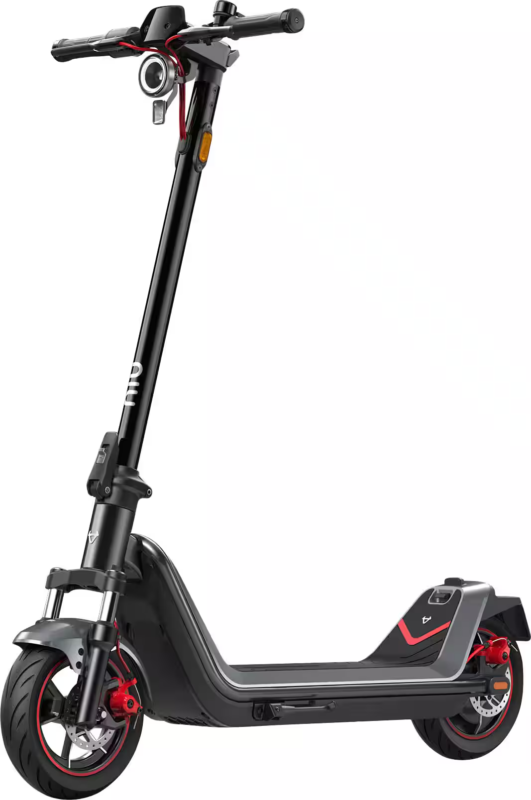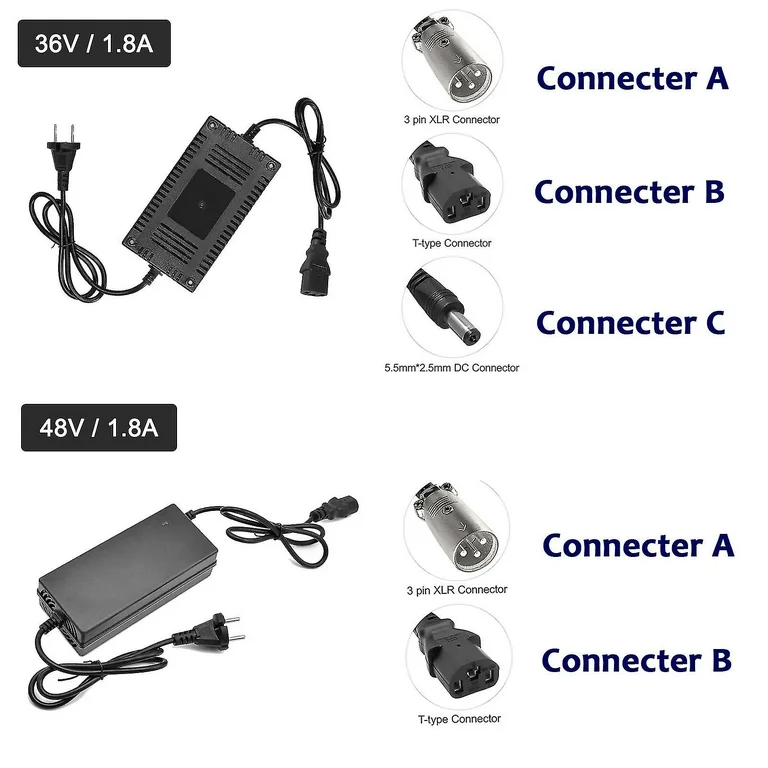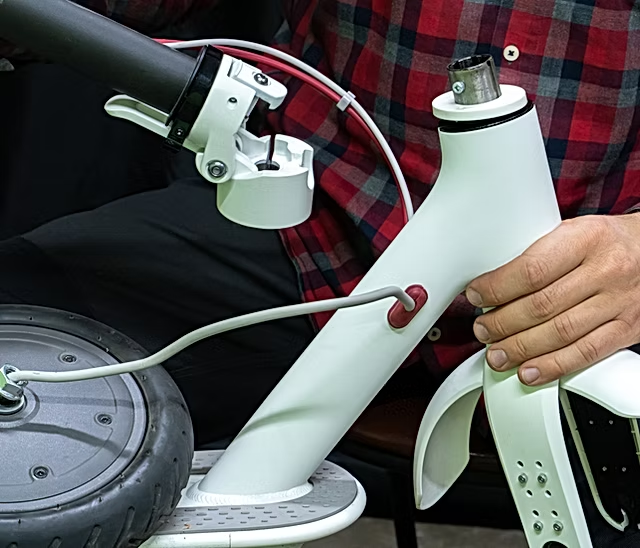## 1. What defines the fastest eScooter?
An eScooter’s top speed is one of the most important metrics for buyers looking for a thrilling ride or maximum efficiency. But what makes an eScooter fast? The primary factors include motor power, battery voltage, and the weight of the rider. When manufacturers advertise the speed of their eScooter models, they typically do so under ideal conditions, but real-world performance can vary greatly.
The motor power is usually rated in watts, and a higher wattage motor typically results in a faster scooter, though the rider’s weight and the terrain can also impact speed. The battery voltage plays a significant role, with higher voltage systems offering more power for greater speeds. Rider weight is another critical factor, as heavier riders may experience reduced top speeds, particularly on inclines. Finally, the speed testing conditions, such as flat terrain and favorable weather, can contribute to the maximum speed performance.
But here’s the kicker… speed isn’t the only consideration for a high-performing eScooter. For example, braking, stability, and the quality of the suspension system are just as crucial for a safe, enjoyable ride at high speeds. Let’s explore further to understand how top speeds are measured and what affects them.
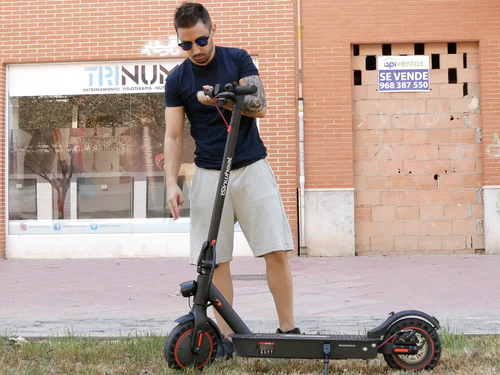
| Factors Influencing eScooter Speed
| Factor | Impact on Speed | Example |
|---|---|---|
| Motor Power | Directly influences speed | 500W vs 1000W |
| Battery Voltage | Provides more power for faster speeds | 36V vs 48V |
| Rider Weight | Higher weight reduces top speed | 60kg vs 100kg |
| Terrain | Uphill will slow the scooter | Flat vs Incline |
## 2. How are eScooter speeds accurately measured?
When measuring the top speed of an eScooter, there are several important methods and tools used. One of the most common methods involves using GPS tracking devices to monitor speed during real-world use. This method is often preferred over the onboard speed sensors that are built into the eScooter because GPS devices provide a more accurate, unbiased reading of the actual speed.
Another way to measure speed is using an onboard speed sensor that is part of the eScooter’s display system. These sensors measure the motor’s RPM and give a real-time reading of the scooter’s velocity. However, these measurements can be affected by various factors such as tire pressure and motor wear. GPS tracking systems, in contrast, offer a clearer and more precise reading as they are not influenced by such factors.
What’s the real story? Speed testing is also heavily influenced by external conditions, including the weight of the rider, terrain, and weather conditions. These variables can cause significant differences between advertised top speeds and real-world performances. To get the most accurate results, tests should be conducted on flat terrain with optimal weather conditions and by accounting for various rider weights.
| eScooter Speed Measurement Methods
| Method | Advantages | Disadvantages |
|---|---|---|
| GPS Tracking | Accurate, unbiased | Requires additional device |
| Onboard Speed Sensors | Convenient, built-in | Affected by tire pressure |
| Standardized Test Bench | Controlled environment | Does not reflect real-world conditions |
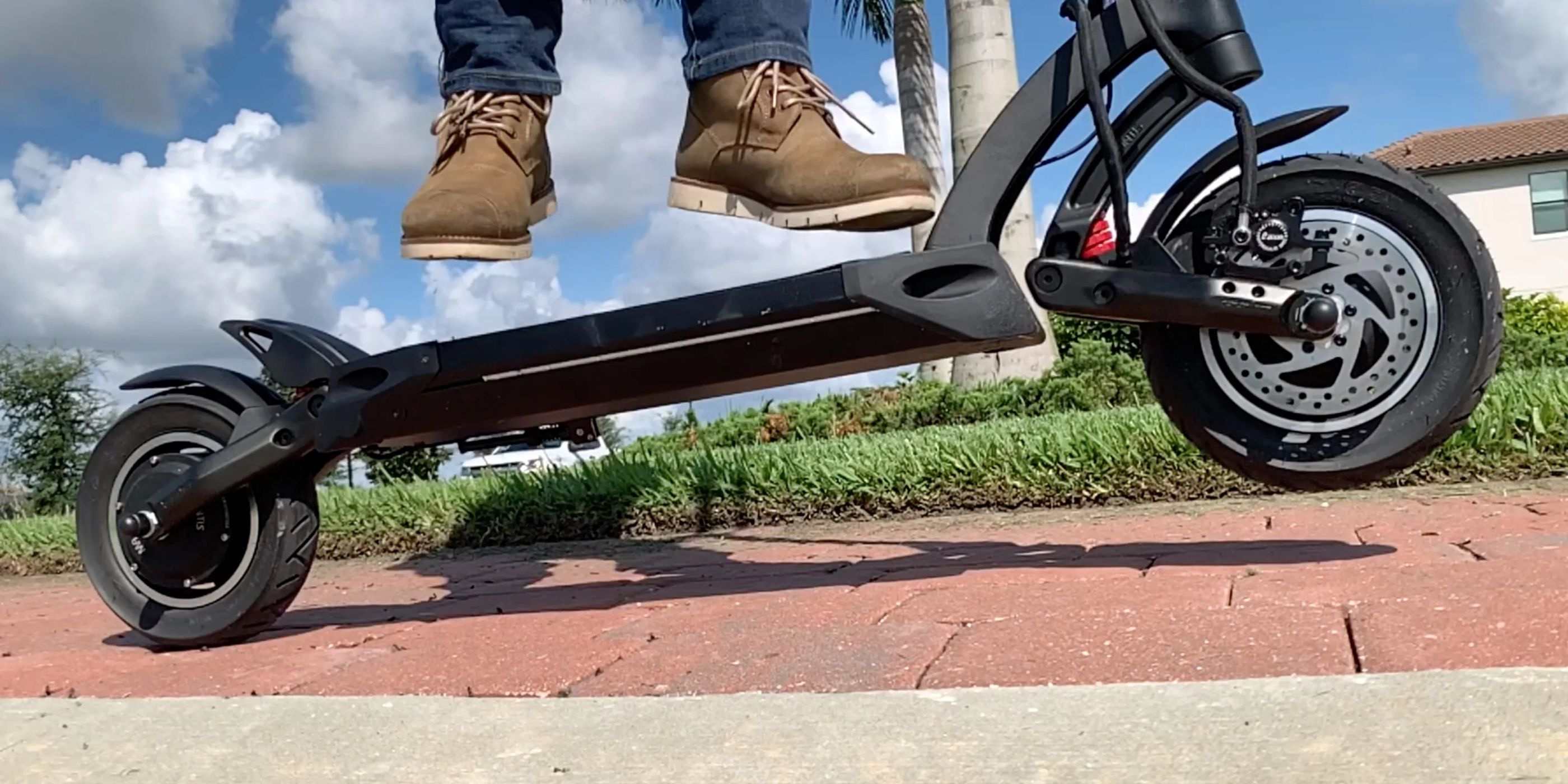
## 3. Which technical components influence an eScooter’s top speed?
Several technical components play a critical role in determining how fast an eScooter can go. The motor is the most obvious contributor to speed, with higher-wattage motors providing more power. The controller, which regulates the motor’s output, also plays an important role. An efficient controller ensures that the motor runs optimally, delivering smooth acceleration and deceleration, which affects both speed and ride quality.
The battery is another crucial element. The voltage of the battery affects the power output, with higher-voltage batteries generally providing more torque and faster speeds. The capacity, or amp-hour (Ah), determines how long the scooter can sustain high speeds before the battery drains. Finally, the type of drive system used in the eScooter influences top speed. Direct-drive systems, for instance, offer smooth acceleration, while belt-driven systems can be more powerful, but may not reach as high a top speed.
Ready for the good part? It’s not just about having a powerful motor; all these components need to work together harmoniously to ensure the eScooter is efficient, safe, and fast. If one component is mismatched or outdated, the performance of the eScooter can suffer, regardless of the other factors.
| Technical Components of eScooter
| Component | Function | Impact on Speed |
|---|---|---|
| Motor | Provides power to the wheels | Higher power = faster |
| Battery | Supplies energy to the motor | High voltage = higher speed |
| Controller | Regulates motor speed and power | Smooth acceleration = better performance |
| Drive System | Transmits power from motor to wheels | Belt-driven = more torque |
## 4. What safety considerations apply when riding at high speeds?
Riding an eScooter at high speeds is exhilarating, but it comes with significant safety considerations. First and foremost, the braking system becomes crucial when traveling at higher velocities. High-performance eScooters often come equipped with hydraulic disc brakes, which provide superior stopping power compared to mechanical disc brakes or drum brakes.
Another key safety feature is the suspension system. A good suspension system, such as dual suspension, helps absorb shocks and bumps in the road, preventing loss of control at high speeds. If the suspension is not adequate, riders may experience instability, especially when navigating rough terrain.
But here’s the kicker… protective gear should never be overlooked. High-speed eScooter riding necessitates the use of protective equipment such as a full-face helmet, gloves, elbow and knee pads, and visibility-enhancing lights. These measures can reduce the risk of injury in the event of an accident.
| Safety Features for High-Speed Riding
| Safety Feature | Function | Impact on Speed Safety |
|---|---|---|
| Hydraulic Disc Brakes | Provide superior stopping power | Essential at high speeds |
| Dual Suspension | Absorbs shocks, improving ride stability | Reduces risk of losing control |
| Protective Gear | Helmets, pads, and lights for visibility | Protects against injury in crashes |
## 5. Which eScooter models currently top the speed charts?
When it comes to the fastest eScooter models, a few stand out as leaders in the industry. The Dualtron X2, for example, is known for its top speed of 65 mph (104 km/h), making it one of the fastest eScooters on the market today. Another top contender is the Rion RE90, which boasts speeds of up to 80 mph (128 km/h), targeted at those looking for extreme performance.
There are also more accessible models like the Xiaomi Mi Pro 2, which provides impressive speeds of up to 15.5 mph (25 km/h) but comes with a more affordable price point. These models cater to a wide range of riders, from casual commuters to speed enthusiasts.
What’s the real story? The fastest eScooters are typically designed with larger motors, higher-capacity batteries, and more robust frames to handle the high speeds. However, these performance models come at a premium price and are often only suitable for experienced riders or specific use cases.
| Fastest eScooter Models
| Model | Top Speed | Motor Power | Battery Capacity |
|---|---|---|---|
| Dualtron X2 | 65 mph (104 km/h) | 6720W | 72V 42Ah |
| Rion RE90 | 80 mph (128 km/h) | 10,500W | 72V 40Ah |
| Xiaomi Mi Pro 2 | 15.5 mph (25 km/h) | 600W | 36V 12.8Ah |

## 6. How do real‑world top speeds compare to manufacturer claims?
Manufacturer claims for top speed are typically tested under ideal conditions, such as flat roads and minimal rider weight. However, in real-world conditions, the speed can be affected by factors such as rider weight, terrain, wind resistance, and battery charge. While manufacturers may claim that a certain eScooter can reach speeds of 50 mph, most riders will experience a slight decrease in top speed due to these factors.
Ready for the good part? Independent tests and rider reviews are valuable resources for understanding how an eScooter performs in the real world. Many eScooter enthusiasts share their personal experiences with speed tests on platforms like YouTube and eScooter forums. These real-world tests can help provide a more accurate picture of what to expect from a given model.
| Real-World vs Manufacturer Top Speed
| Model | Manufacturer Speed | Real-World Speed | Difference |
|---|---|---|---|
| Dualtron X2 | 65 mph (104 km/h) | 60 mph (96 km/h) | -7.7% |
| Rion RE90 | 80 mph (128 km/h) | 72 mph (116 km/h) | -10% |
| Xiaomi Mi Pro 2 | 15.5 mph (25 km/h) | 14 mph (22 km/h) | -10% |

## 7. What legal and regulatory restrictions affect high‑speed eScooters?
When it comes to high-speed eScooters, legal restrictions can vary greatly depending on location. In many countries, the speed limit for eScooters on public roads is limited to 15–20 mph (24–32 km/h), and exceeding this limit may result in fines or penalties. For example, in the United States, some states allow eScooters to travel at speeds up to 28 mph (45 km/h) on public roads, while others have stricter limits.
This is where it gets interesting… in many regions, high-performance eScooters like the Dualtron X2 or Rion RE90 may be considered too fast for street use without specific licenses or modifications. Riders in some areas are required to wear helmets, have lights, or even get the scooter registered to comply with local laws. Compliance with these regulations is essential for ensuring that your eScooter remains legal to operate on public roads.
| Legal Restrictions by Region
| Region | Speed Limit on Public Roads | Legal Requirements |
|---|---|---|
| United States | 28 mph (45 km/h) | Helmet, Lights, Registration |
| European Union | 15–20 mph (24–32 km/h) | Helmet, Insurance |
| United Kingdom | 15.5 mph (25 km/h) | Helmet, License in some areas |
## 8. How does battery technology impact maximum velocity?
Battery technology plays a critical role in an eScooter’s performance, including its top speed. Higher-voltage batteries provide more power to the motor, enabling faster acceleration and higher maximum speeds. Lithium-ion batteries, which are commonly used in eScooters, are known for their high energy density and ability to discharge at a consistent rate. This ensures that the scooter can maintain top speed for longer durations without losing power.
But here’s the kicker… new advancements in battery technology, such as solid-state batteries, promise even higher performance by reducing weight while increasing energy storage. These innovations may lead to even faster eScooters in the future, with longer ranges and shorter charging times.
| Impact of Battery Technology
| Battery Type | Maximum Speed Impact | Advantages |
|---|---|---|
| Lithium-Ion | High (50+ mph) | High energy density, consistent power |
| Solid-State | Very High (up to 80 mph) | Lighter, faster charging, longer life |

## FAQ
Q1: What is the fastest eScooter?
The fastest eScooter is the Rion RE90, which can reach up to 80 mph (128 km/h).
Q2: How do eScooter speeds vary by model?
Different models feature varying motor power, battery capacity, and design, all of which influence the maximum speed.
Q3: What safety gear is required for riding at high speeds?
Riders should wear helmets, gloves, pads, and ensure their eScooter is equipped with proper lighting.
Q4: Can I upgrade my eScooter for higher speeds?
Yes, upgrading the motor, controller, and battery can improve speed, but it may void the warranty.
Q5: Are the fastest eScooters legal on public roads?
Most high-speed eScooters exceed legal speed limits on public roads, requiring special permits, or they are restricted to private roads.

